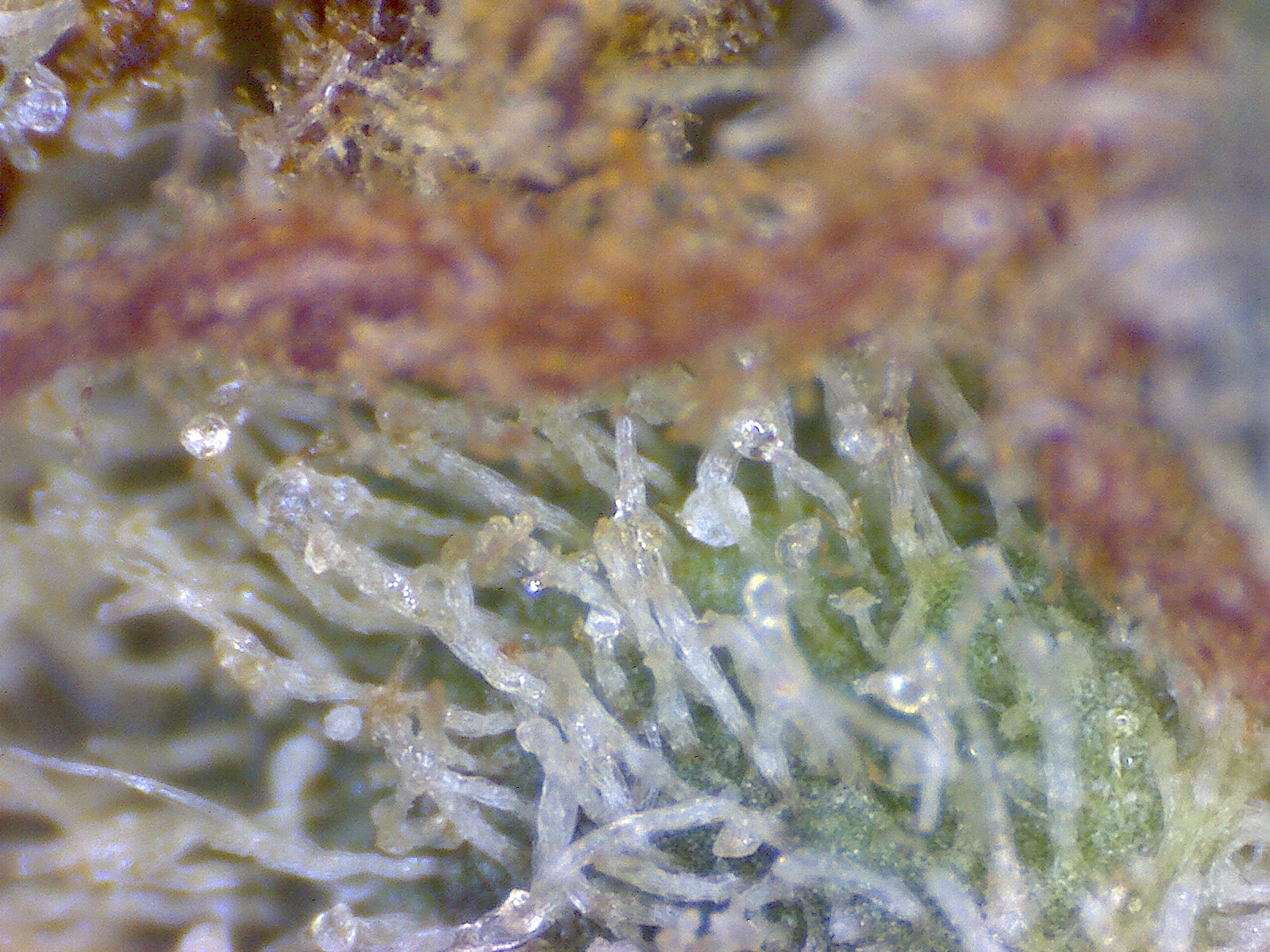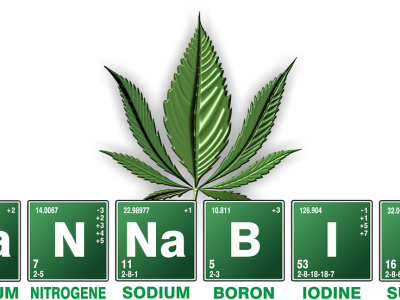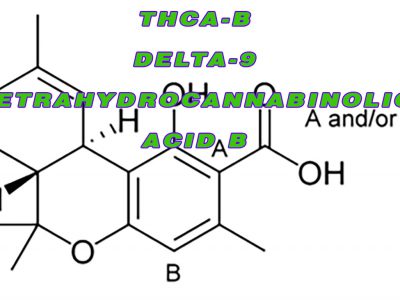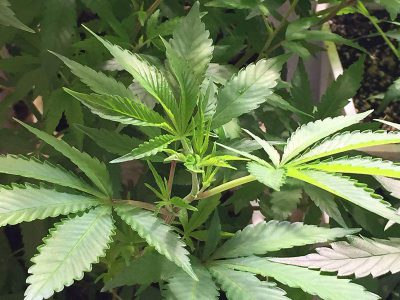Cannabinodiol – CBND – A Element of Lebanese Hashish
The plant Cannabis Sativa has always been a matter of debate. Its legalization is a subject that is still unresolved. While the plant contains many medicinal benefits, its psychoactive properties make it an inappropriate substance to be legalized.
So far, we have seen countless remarks both in favor and against the legalization of marijuana. There are some law enforcement officers like Eric Holder who believe, and are not worried, that the marijuana legalization can lead to addiction.
As per the former U.S Attorney;
I have never observed any scientific evidence that would point you to problems about addiction by the use of marijuana.
This statement questions the current status of the cannabis as the Schedule I drug. This particular category is supposedly reserved for substances that have no medical value but the high tendency for abuse. As a matter of fact, it means that cannabis must be moved to almost Schedule III, where different drugs from ‘moderate to even the low potential for psychological and physical dependence’ are categorized.
The Psychoactive and Non-Psychoactive Compounds in Cannabis
The plant has a unique composition. It is one of the most distinctive plants known today. It has hundreds of compounds but not all of them are yet fully discovered. Some of these compounds are now well-recognized and their medicinal effects and properties are also well known. However, others are in need of further studies.
The major reason why there is lack of studies in terms of some of the compounds present in the plant is due to the ongoing legalization issue. This limits the research work or studies to be done for various different compounds.
One of these compounds is the Cannabinodiol – CBND. This is also known as the Cannabidinodiol. Both of these names are termed as CBDL and CBND respectively. Cannabinodiol is a phytocannabinoid which is found in the cannabis plant. It is present in the plant at low concentrations.
Cannabinodiol – CBND is the complete aromatized derivative of CBD – Cannabidiol and may occur as the product of the cannabinol – CBN. The product is formed through photochemical conversion of CBN – Cannabinol.
Cannabinodiol is among the few cannabinoids that are psychotropic, along with THC – tetrahydrocannabinol, tetrahydrocannabivarin and possibly cannabinol.
The chemical formula of Cannabinodiol is C21H26O2. It has the molecular weight of 310.44 g-mol
Nonetheless, Cannabinodiol is categorized as the phytocannabinoid. It is more of an aromatic compound which has been isolated or taken from the Lebanese hashish. The toxicological and physiological properties of Cannabinodiol are not yet known. The compound is more intended for forensic and research applications.
To ensure more research and study on cannabis and its relative compounds, we must move this drug from Schedule I category. It currently shares the same level with heroin – something clearly inappropriate.
Considering the research work that has already been done, the plant has some great and distinctive medicinal properties. It even has the potential to treat the symptoms of various chronic diseases including cancer, as well as Alzheimer’s disease.






